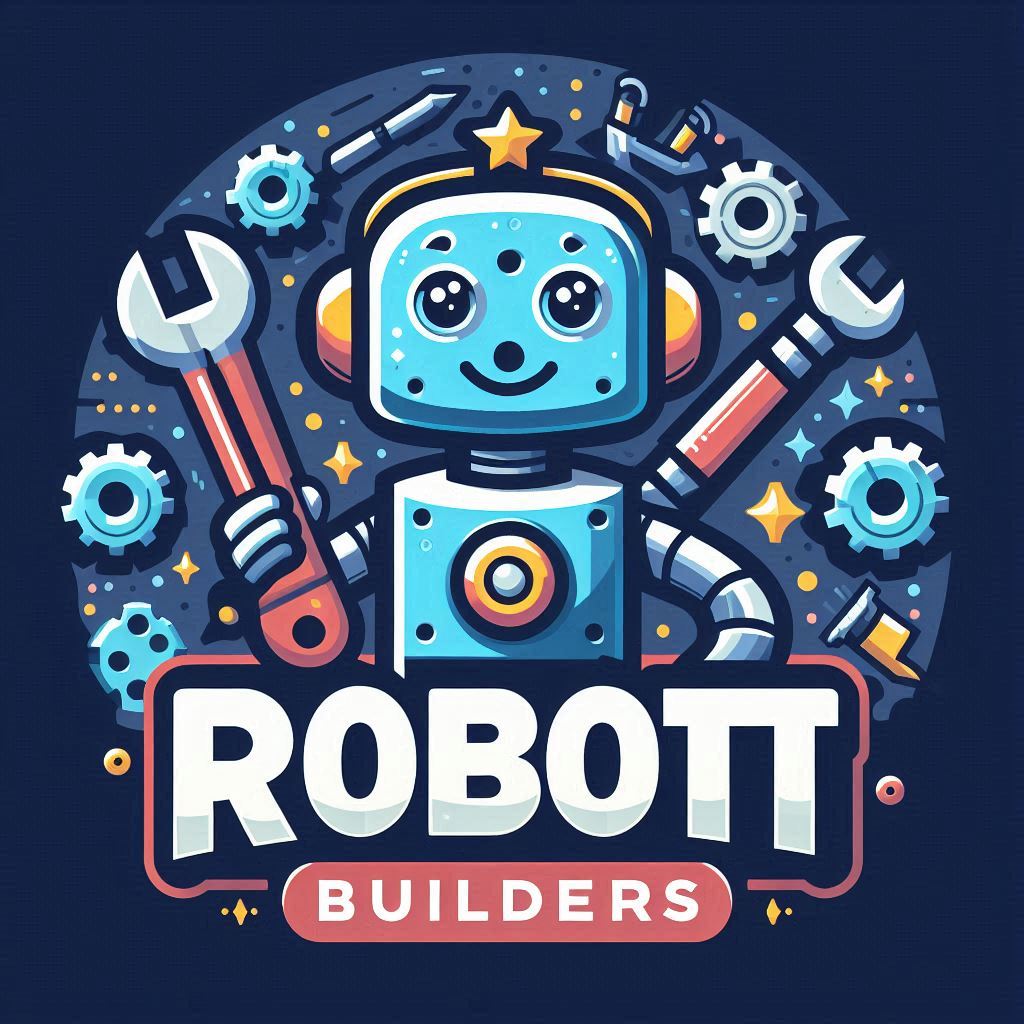Artificial Intelligence (AI) has revolutionized robotics, unlocking unprecedented capabilities that once seemed like science fiction. For robot builders, understanding the role of AI is essential to create intelligent, adaptive, and efficient machines. In this article, we explore the fundamentals of AI in robotics, practical applications, and tips to integrate AI into your robotic creations.

Why AI Matters in Robotics
AI enables robots to perform complex tasks by mimicking human intelligence. Unlike traditional robots that follow predefined instructions, AI-powered robots can:
- Learn from experience using machine learning algorithms.
- Adapt to new environments and challenges without constant human intervention.
- Make Decisions based on real-time data analysis.
By integrating AI, builders can enhance robots’ efficiency and expand their capabilities.
Key AI Technologies in Robotics
Robotics leverages a range of AI technologies. Here are the core ones that every builder should know:
1. Machine Learning (ML)
- What it does: Helps robots learn patterns and behaviors from data.
- Application: Navigation, facial recognition, and predictive maintenance.
2. Computer Vision
- What it does: Enables robots to perceive and interpret visual information.
- Application: Object detection, defect identification in manufacturing, and autonomous driving.
3. Natural Language Processing (NLP)
- What it does: Allows robots to understand and respond to human speech.
- Application: Voice-activated assistants and customer service robots.
4. Reinforcement Learning
- What it does: Teaches robots to make optimal decisions by rewarding desired actions.
- Application: Gaming, autonomous navigation, and robotic manipulation.
5. Neural Networks
- What it does: Mimics the human brain’s structure to process complex data.
- Application: Deep learning for advanced tasks like speech recognition and image analysis.
Applications of AI in Robotics
AI has transformed the way robots function, enabling groundbreaking advancements across various fields:
1. Autonomous Navigation
- Robots use AI algorithms to navigate dynamic environments, avoiding obstacles and planning efficient routes.
2. Healthcare Robotics
- Surgical robots powered by AI enhance precision and reduce recovery times.
- AI-driven rehabilitation robots assist patients with mobility challenges.
3. Industrial Automation
- AI optimizes manufacturing by identifying inefficiencies and ensuring quality control.
- Collaborative robots (cobots) work alongside humans safely and effectively.
4. Service Robotics
- Robots equipped with AI are used in retail, hospitality, and cleaning services for better customer interaction and task efficiency.
5. AI in Drones
- AI enhances drone capabilities for tasks like aerial mapping, surveillance, and delivery services.
How to Integrate AI into Your Robotics Projects
For builders ready to implement AI, here’s a step-by-step guide:
Step 1: Understand the Problem
- Define the task your robot needs to accomplish.
- Research existing AI solutions and identify gaps.
Step 2: Choose the Right Hardware
- Select AI-capable hardware such as NVIDIA Jetson boards or Raspberry Pi with AI extensions.
Step 3: Use AI Frameworks
- Experiment with frameworks like TensorFlow, PyTorch, and OpenCV for tasks like image recognition and object tracking.
Step 4: Train Your AI Model
- Use labeled datasets to train the AI system. Platforms like Kaggle provide open-source datasets to get started.
Step 5: Test and Optimize
- Prototype your design and refine your algorithms based on performance metrics.
Challenges in AI Robotics
While AI offers immense potential, it comes with challenges:
- Data Dependency: AI models require vast amounts of data to perform accurately.
- Processing Power: Complex algorithms need powerful hardware, which can increase costs.
- Ethical Concerns: AI decision-making may raise ethical questions, especially in healthcare and security applications.
Understanding these challenges can help builders develop responsible and efficient AI robots.
Future of AI in Robotics
The future of robotics lies in advanced AI integration. Some emerging trends include:
- Human-Robot Collaboration: AI-powered cobots designed to work seamlessly alongside humans.
- AI-Driven Creativity: Robots capable of creating art, music, and designs.
- Space Exploration: Autonomous robots and rovers for extraterrestrial missions.
As AI continues to evolve, its role in robotics will only become more significant.
Conclusion
AI has revolutionized robotics, providing builders with powerful tools to create intelligent and adaptive machines. By understanding the fundamentals of AI technologies and their applications, builders can design robots that are not only functional but also groundbreaking. Start small, experiment, and keep exploring the endless possibilities AI offers in robotics.
